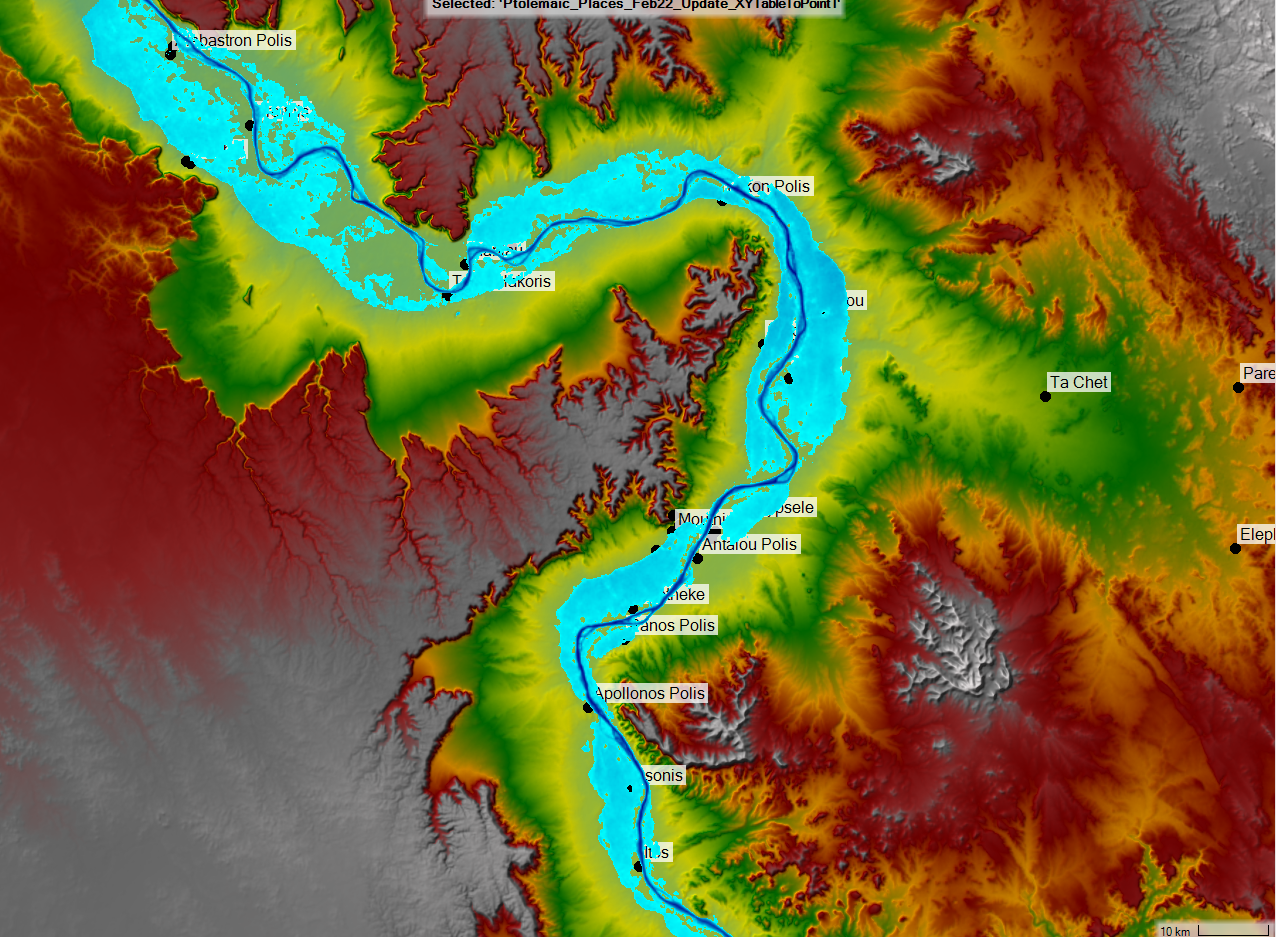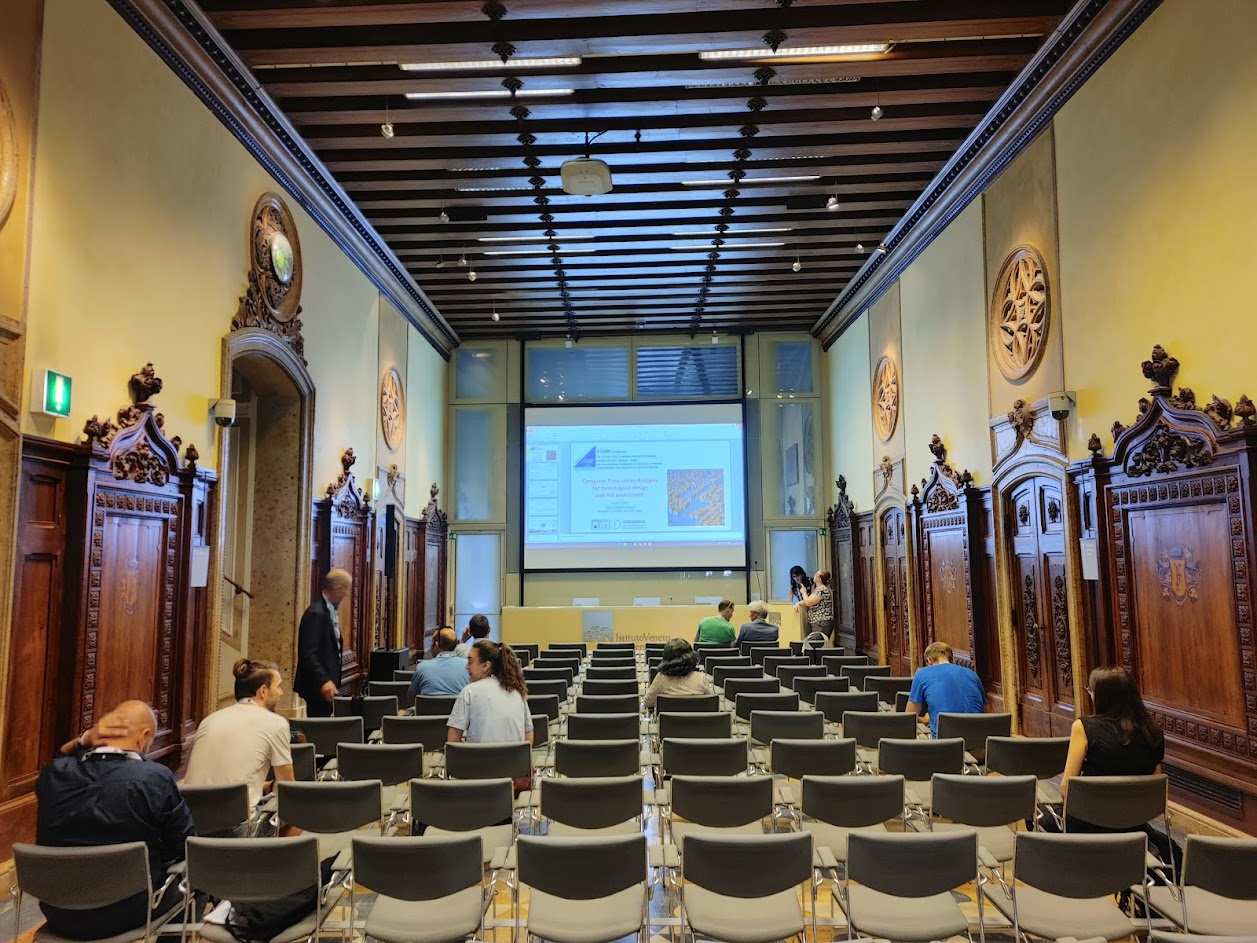
Summer Conferences
Extreme Values and Nile River
Extreme values and historical Nile River floods
Posted by Jim Stagge on July 16, 2024
This summer, I’m excited to be presenting at two conferences that highlight the intersection of hydroclimate science, extreme value statistics, and historical environmental change. Each presentation reflects ongoing work to better understand past and present water-related hazards using both statistical and physical modeling approaches.
Climate of the Past and Societal Responses to Environmental Changes
Presentation Title:
Simulating Inundated Area for Ptolemaic Nile River Flooding
In this talk, I explore the use of hydraulic modeling to simulate flood extent for the Nile River during the Ptolemaic period in Egypt. By reconstructing historical hydrologic conditions, we aim to understand how Nile flood variability may have contributed to economic or political instability during this time.
The model integrates modern remote sensing terrain data with historical records to simulate inundation patterns during near-natural peak flood events. This work is part of a broader effort to connect hydroclimate disruptions with societal responses in antiquity.

6th International Conference on Advances in Extreme Value Analysis and Application to Natural Hazards (EVAN 2024)
Presentation Title:
Extreme Exceedances for Moving Average Drought Indices
At EVAN 2024, I’ll be presenting new work focused on extreme value analysis for moving average time series, with a particular application to drought indices. This approach enables more accurate modeling of low-frequency, high-impact drought events where traditional extreme value methods may fall short.
The methodology accounts for the inherent smoothing in commonly used drought indicators (like SPI or SPEI) and allows for more precise exceedance probabilities under non-iid conditions.
A related paper is available here:
Read the paper on Extreme Exceedances and Moving Averages
Stop by
If you're attending either of these meetings, feel free to get in touch—I’d be happy to connect and discuss the work further!
